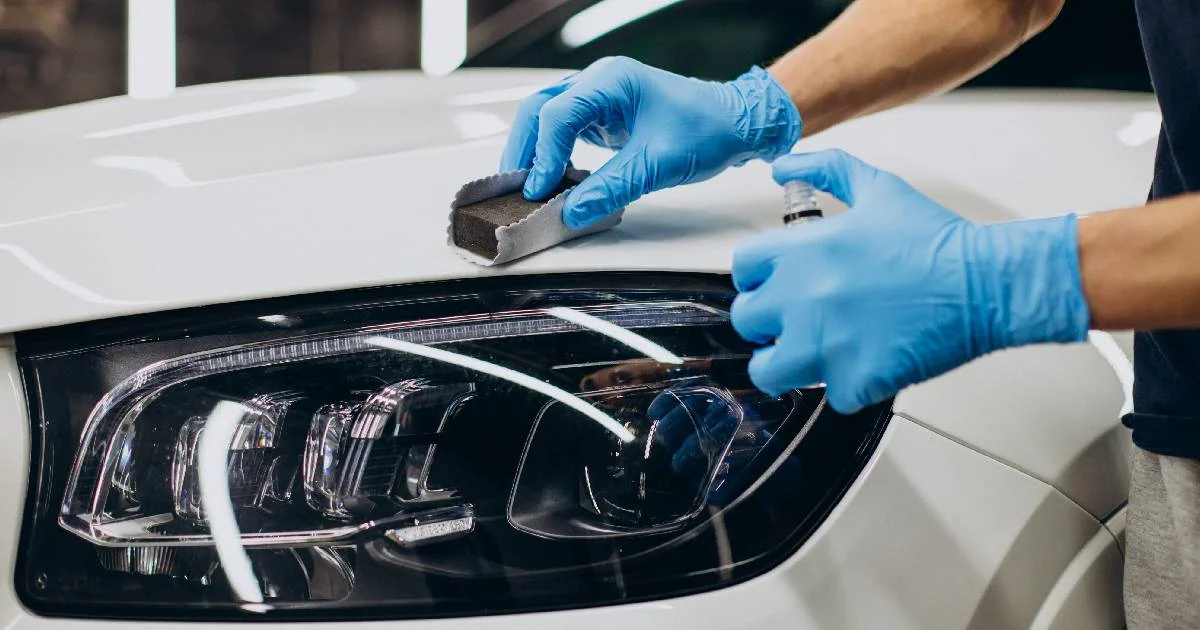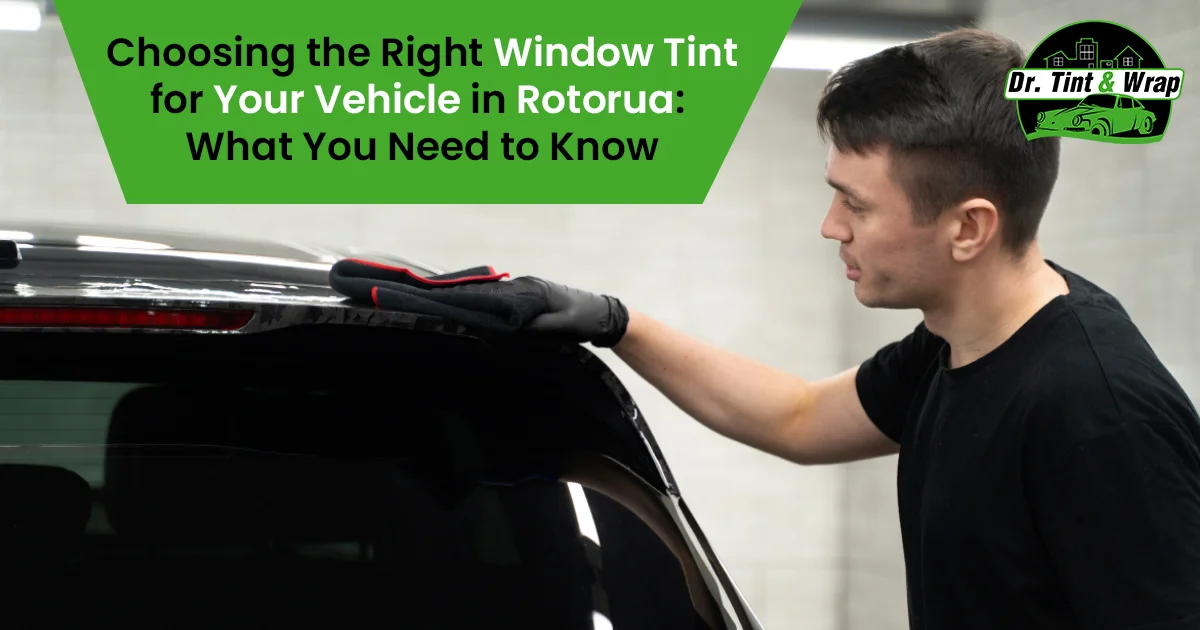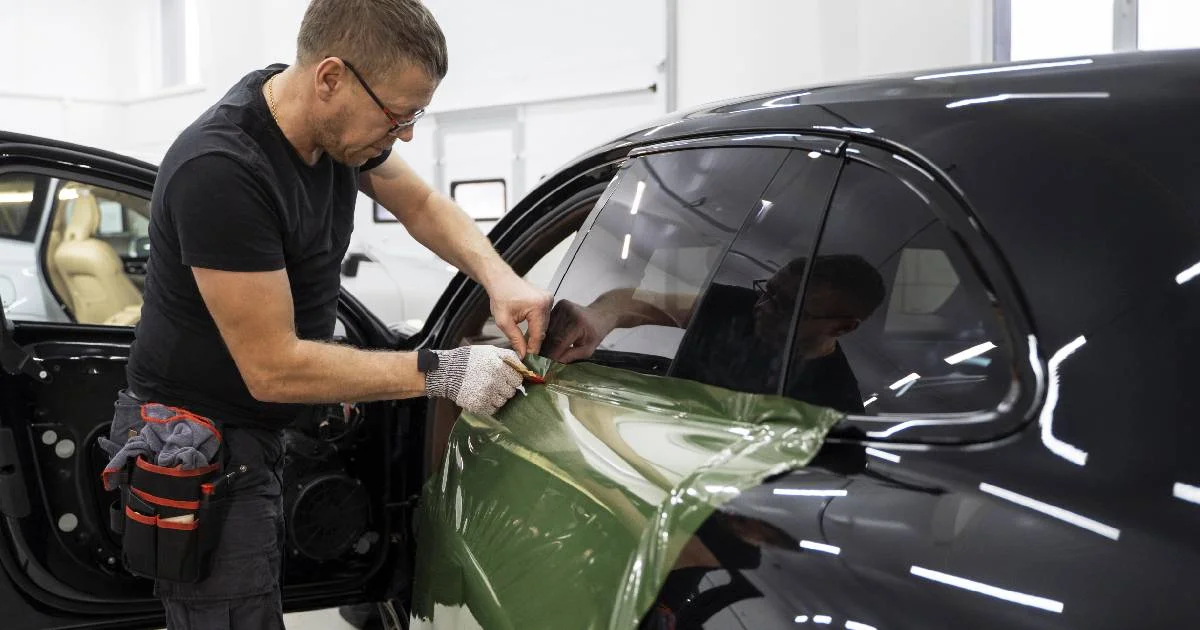
Why Ceramic Coating is a Must-Have for Your Car in Hamilton
06 Nov 2023, By AdminWhen it comes to protecting your car's exterior and keeping it looking sleek and shiny, ceramic coating is a game-changer. If you're a car owner in Hamilton, you're likely familiar with the challenges that your vehicle faces due to the city's diverse weather conditions, including harsh winters and intense sunlight. In this blog, we'll explore the benefits of ceramic coating, particularly for those in Hamilton, and why it's a must-have for your car.
What is Ceramic Coating?
Ceramic coating is a liquid polymer that is applied to the exterior surfaces of your car. This coating chemically bonds with the factory paint, creating a protective layer that offers numerous advantages. It's a highly effective method for safeguarding your vehicle's paintwork against various environmental contaminants and harsh weather conditions.
Benefits of Ceramic Coating in Hamilton
Hamilton is no stranger to harsh winters, with snow, ice, and road salts being common threats to your car's paint. Ceramic coating creates a barrier that shields your car's exterior from these harsh elements. It also makes it easier to remove snow and ice, preventing damage to the paint during the cleaning process.
In the summer, Hamilton can experience intense sunlight, which can cause your car's paint to fade and deteriorate over time. Ceramic coating acts as a shield against harmful UV rays, preserving the vibrant color and gloss of your car's finish.
Your car is constantly exposed to contaminants like bird droppings, tree sap, and insects. Ceramic coating forms a hydrophobic surface that repels these substances, preventing them from bonding to the paint and causing permanent damage. It also makes cleaning your car much easier, as dirt and grime slide off more effortlessly.
Ceramic coating provides a long-lasting shine that surpasses traditional wax or sealant. Your car will maintain its showroom-like finish for years, reducing the need for frequent polishing or detailing.
While ceramic coating doesn't make your car completely scratch-proof, it does offer a level of protection against light scratches and swirl marks. It acts as a sacrificial layer, absorbing the impact and preserving your car's underlying paint.
One of the most remarkable features of ceramic coating is its hydrophobic nature. Rainwater and other liquids bead up and roll off the surface, keeping your car cleaner and reducing water spots.
With ceramic coating, you'll spend less time and effort on maintaining your car's appearance. Cleaning is a breeze, and you won't need to wax your car regularly. This convenience is especially valuable in a city like Hamilton, where weather conditions can be challenging.

Choosing the Right Window Tint for Your Vehicle in Rotorua: What You Need to Know
06 Nov 2023, By AdminRegarding enhancing your vehicle's aesthetics and improving your driving experience in Rotorua, car window tinting is a popular choice among vehicle owners. The process of applying a thin layer of film to your car's windows offers numerous benefits, from reducing glare and UV radiation to providing increased privacy. However, choosing the right window tint for your car in Rotorua is crucial to ensure compliance with local regulations and achieve the desired results. In this blog, we will explore the key factors to consider when opting for car window tinting in Rotorua and why selecting a reputable service provider is essential for a successful installation.
1. Familiarize Yourself with Local Regulations
Before diving into the different types of window tints available, it's essential to understand the specific regulations governing car window tinting in Rotorua. New Zealand has strict laws regarding the darkness levels of window tints, which vary for different windows on the vehicle. Compliance with these laws is crucial to avoid legal complications and ensure a safe driving experience.
2. Types of Window Tints
Car window tints come in various materials, each offering different benefits and appearances. The most common types of window tints include:
a) Dyed Window Tinting: This type of tint uses multiple layers of dye to absorb solar heat and reduce glare. Dyed window tints are generally more affordable but may fade over time.
b) Metalized Window Tinting: Metalized tints are known for their heat-rejecting properties. They are durable, block UV rays effectively, and provide a reflective appearance. However, they may interfere with electronic signals like GPS and cell phone reception.
c) Carbon Window Tinting: Carbon tints are a premium option, offering superior heat rejection, reduced fading, and a sleek matte appearance. They do not interfere with electronic signals and are less prone to bubbling or discolouration.
d) Ceramic Window Tinting: Ceramic tints are the top-of-the-line choice, providing excellent heat reduction without affecting electronic devices. They also offer maximum UV protection and do not fade over time. However, they tend to be more expensive than other types of tints.
3. Consider Your Needs
While all window tints provide benefits such as heat reduction and UV protection, your specific requirements and preferences will help you choose the best option. If you're primarily concerned about cost-effectiveness, dyed or metalized tints may be suitable. For a balance between performance and aesthetics, carbon tints are an excellent choice. If budget is not a concern and you want the best of the best, ceramic tints are the way to go.
4. Seek Professional Installation
Professional installation is crucial to achieve optimal results regardless of the type of window tint you choose. A reputable car window tinting service in Rotorua will have skilled technicians who understand local regulations and can ensure a flawless application. DIY tinting or low-quality installation might lead to bubbling, peeling, or improper tint darkness, which not only looks unsightly but can also hinder visibility and compromise safety.
Car window tinting in Rotorua can be a game-changer for your vehicle, providing various benefits ranging from improved aesthetics to increased comfort and privacy. However, it's vital to educate yourself on local regulations, explore the different types of window tints available, and select a reliable service provider to ensure a successful installation. Dr. Tint & Wrap Rotorua is the ideal choice for your vehicle's window tinting needs in Rotorua, offering expert service and top-quality products to ensure optimal results. With their experienced team and commitment to customer satisfaction, you can trust them to provide the best window tinting solution for your car.

The Benefits of Car Window Tinting in Rotorua: A Comprehensive Guide
06 Nov 2023, By AdminCar owners in Rotorua have long been seeking ways to enhance their driving experience, not only for aesthetics but also for practicality. One of the most effective and popular methods to achieve this is through car window tinting. Whether you are a seasoned driver or a new car owner, understanding the advantages of car window tinting in Rotorua will undoubtedly influence your decision to invest in this beneficial modification. In this comprehensive guide, we will explore the various benefits of car window tinting, with a particular focus on the keyword "car window tinting Rotorua."
1. Improved Driving Comfort
Rotorua's climate can be intense, with harsh sunlight and rising temperatures during summer months. Car window tinting can significantly improve your driving comfort by reducing the amount of heat entering your vehicle. The tinting film acts as a barrier, blocking a significant portion of harmful UV rays, which not only provides a cooler interior but also protects your skin from potential damage caused by prolonged exposure to the sun.
2. Enhanced Privacy and Security
Privacy is a crucial aspect of driving, especially when you have valuable items in your car. Window tinting offers an added layer of privacy by making it more challenging for prying eyes to see inside your vehicle. This can deter potential thieves and safeguard your belongings. Moreover, window tinting strengthens your car windows, making them more resistant to shattering in case of accidents or attempted break-ins, thereby enhancing your overall security.
3. Glare Reduction for Safer Driving
Glare from the sun and headlights of other vehicles can be a major safety hazard while driving in Rotorua, particularly during sunrise and sunset. Car window tinting significantly reduces glare, improving visibility and reducing eye strain. This allows you to concentrate on the road better and enhances the overall safety of your driving experience.
4. Preservation of Upholstery and Interior
Prolonged exposure to sunlight can cause fading, cracking, and deterioration of your car's interior materials. Window tinting acts as a barrier against harmful UV rays, preventing interior damage and helping your car's upholstery maintain its appearance and value for a more extended period.
5. Energy Efficiency and Fuel Savings
As car window tinting effectively reduces the interior temperature, it reduces the need for air conditioning, especially during hot days in Rotorua. This, in turn, leads to improved fuel efficiency, helping you save money on gas while also reducing your carbon footprint.
6. Aesthetic Appeal and Vehicle Value
Car window tinting not only enhances your car's appearance but can also add value to your vehicle. The sleek and sophisticated look achieved through window tinting can make your car stand out and attract potential buyers if you decide to sell it in the future.
7. Health Benefits
UV rays can have harmful effects on your health, increasing the risk of skin cancer and other skin-related issues. Car window tinting with UV-blocking properties offers an extra layer of protection against these harmful rays, benefiting both the driver and passengers alike. Dr. Tint & Wap Rotorua is more than just a cosmetic modification. We offer numerous practical advantages that enhance your driving experience, protect your health, and preserve your vehicle's value. From increased driving comfort to improved privacy and security, and from glare reduction to energy efficiency, the benefits of window tinting are undeniable. So, if you're a car owner in Rotorua looking to elevate your driving experience, consider Dr. Tint & Wrap for professional car window tinting to enjoy all the incredible advantages and better driving experience.

The Ultimate Guide to Vinyl Wrap in Hamilton: Tips and Tricks for a Stunning Finish
06 Nov 2023, By AdminVinyl wrapping has become an increasingly popular method for transforming the appearance of vehicles, furniture, and other surfaces. In Hamilton, the trend has caught on, with enthusiasts and businesses alike embracing the versatility and durability of vinyl wraps. Whether you're looking to add a personal touch to your car or give your business vehicle a professional look, mastering the art of vinyl wrapping is essential. In this comprehensive guide, we'll explore the ins and outs of vinyl wrap in Hamilton, providing you with tips and tricks for achieving a stunning finish.
Understanding Vinyl Wrap
Before diving into the application process, it's crucial to understand the basics of vinyl wrap. Vinyl wraps are thin, adhesive-backed films that adhere to surfaces, creating a protective layer that can be customized with various colors, textures, and designs. They offer a cost-effective alternative to traditional paint jobs, allowing for easy removal and updates.
Choosing the Right Vinyl
Selecting the right vinyl is the foundation of a successful wrap. Consider the surface you're wrapping and the desired finish. For vehicles in Hamilton's diverse weather conditions, opt for high-quality, weather-resistant vinyl to ensure longevity. Matte, gloss, satin, and metallic finishes are popular choices, each offering a unique aesthetic.
Preparing the Surface
Proper surface preparation is key to a flawless vinyl wrap. Ensure that the surface is clean, smooth, and free from any dirt, grease, or wax. Use a mild detergent and water solution to clean the surface thoroughly, and follow up with isopropyl alcohol to remove any remaining residue. Repair any existing damage, such as dents or scratches, before starting the wrapping process.
Essential Tools for the Job
Gather the necessary tools before beginning the vinyl wrap process. Essential tools include a squeegee, heat gun, knife or cutting tool and measuring tape. Investing in high-quality tools will make the application smoother and result in a professional-looking finish.
Mastering the Application
The key to a successful vinyl wrap lies in the application technique. Start by carefully aligning the vinyl with the target surface, ensuring a slight overhang on all edges. Use a squeegee to remove air bubbles and smooth out the vinyl, working from the center outward. A heat gun can be used to stretch the vinyl around curves and contours for a seamless finish.
Trimming and Finishing Touches
Once the vinyl is applied, trim the excess material with precision. A sharp cutting tool is crucial for achieving clean edges and corners. Pay attention to details, such as door handles and curves, to ensure a professional look. Seal the edges with a heat gun for added durability and longevity.
Maintenance and Care
To preserve the quality and appearance of your vinyl wrap in Hamilton's varying weather conditions, follow a routine maintenance schedule. Wash your wrapped surface regularly with a mild detergent, avoiding abrasive cleaners that could damage the finish. Additionally, park your wrapped vehicle in shaded areas whenever possible to minimize exposure to harsh sunlight.
Conclusion
Vinyl wrapping in Hamilton opens up a world of creative possibilities for vehicle customization and branding. By understanding the nuances of the process and incorporating the tips and tricks outlined in this guide, you can achieve a stunning finish that not only turns heads but also stands the test of time. Whether you're a DIY enthusiast or seeking professional services, mastering the art of vinyl wrap will undoubtedly elevate your style and make a lasting impression on the streets of Hamilton.
